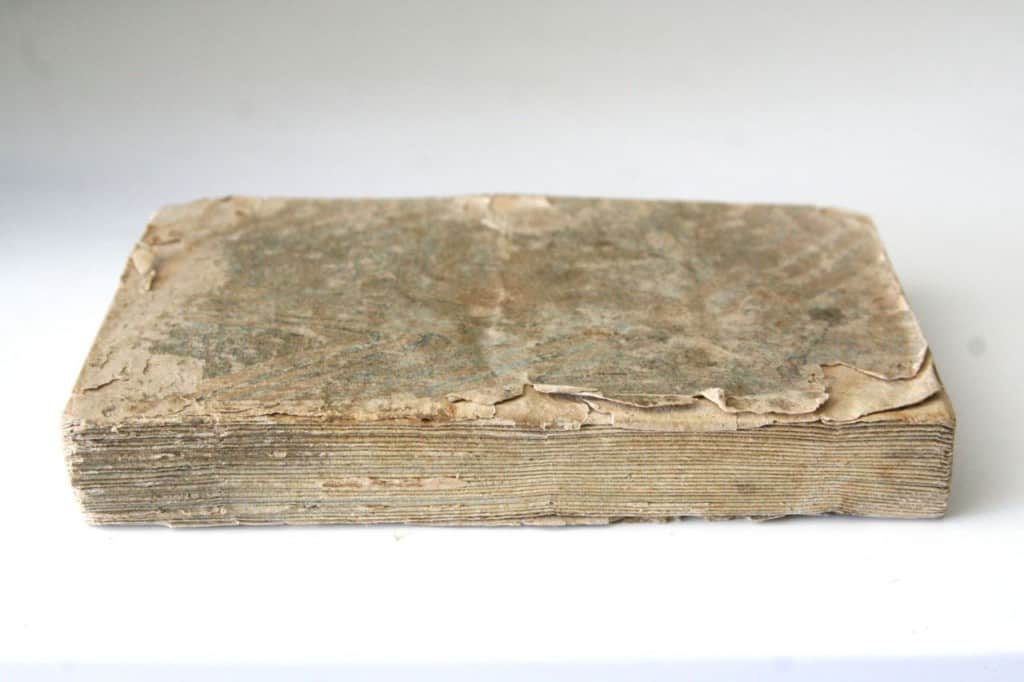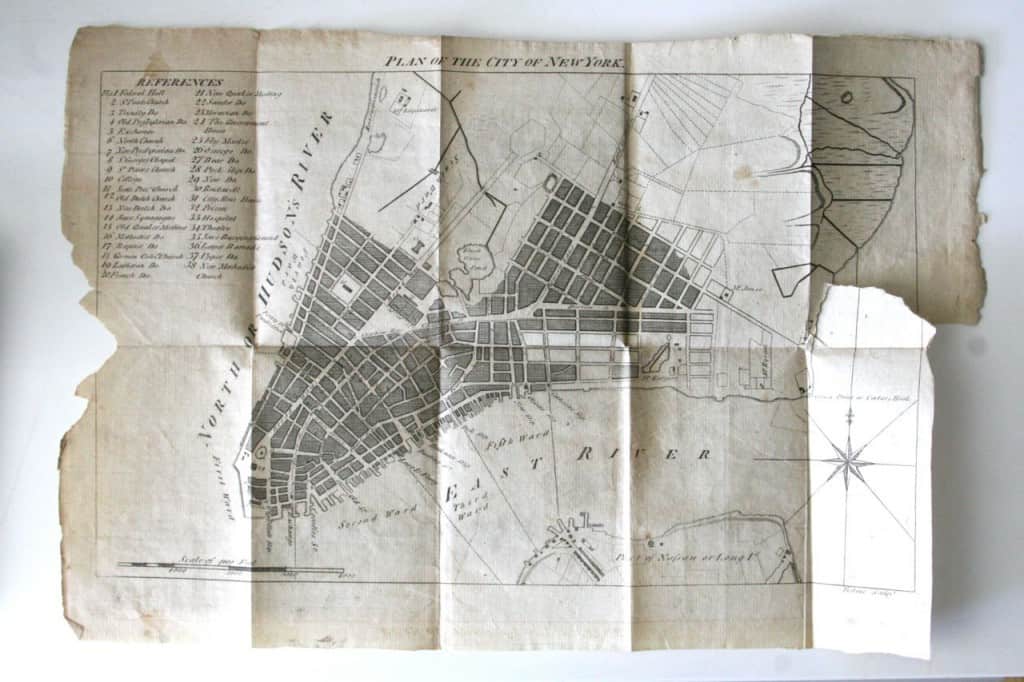July 12, 2014
NEWLY DISCOVERED OLDEST SURVIVING AMERICAN CHECKBOOK
Sometimes, we are fortunate to buy a truly amazing historical artifact . This checkbook , which dates from the 1790s, was recently discovered at the bottom of a trunk of personal papers that had descended in a NJ family. Research indicates that it is the oldest surviving American Checkbook from the Bank of New York, the oldest bank in the United States (established in 1784 by the American Founding Father Alexander Hamilton). One check is even made out to Hamilton for legal services! In a new digital age, when checkbooks are quickly becoming part of a bygone era, it is an evocative object of early American banking and, with its yet unwritten checks, of raw New York capitalism in particular.
PRICE ON REQUEST
[OLDEST SURVIVING AMERICAN CHECK BOOK] BANK OF NEW YORK. NY, 179[-], some check stubs dated 1796 Folio. 38 x 24 cm. [1 blank] [38 stubs] [82 unused pages of 3 check each; i.e. 246 unused checks] [1 leaf partially excised] [5 blank stubs] [1 blank]. Of the relatively used stubs one is particularly interesting and made out Alexander Hamilton (and James Kent) for legal services; another is for the purchase of land on Broad Street (possibly where the NY Stock Exchange sits). Exceedingly Rare: while individual cancelled checks from the period survive (and are scarce by themselves), I been unable to trace another example of a full surviving check book from the period. [Ref: Domett, Henry W. A history of the Bank of New York, 1784-1884. Putman, NY 1884]. [Price on Request] Provenance: From multiple appearances of Robt. Boyd on the used stubs- Robert Boyd, sheriff of New York from 9 September 1787 to 29 September 1791. Boyd helped organize Washington’s inauguration and “rode alone in state on horseback” during the procession. He erected the Iron and Scythe Works, one mile below Newburgh and inherited the estate of his Uncle Samuel. Binding: 18th century marbled paper over paste-boards and quarter calf. Despite loss to spine and the text-block being broken with some leaves detached, generally, in remarkable condition in its original unsophisticated binding. 






